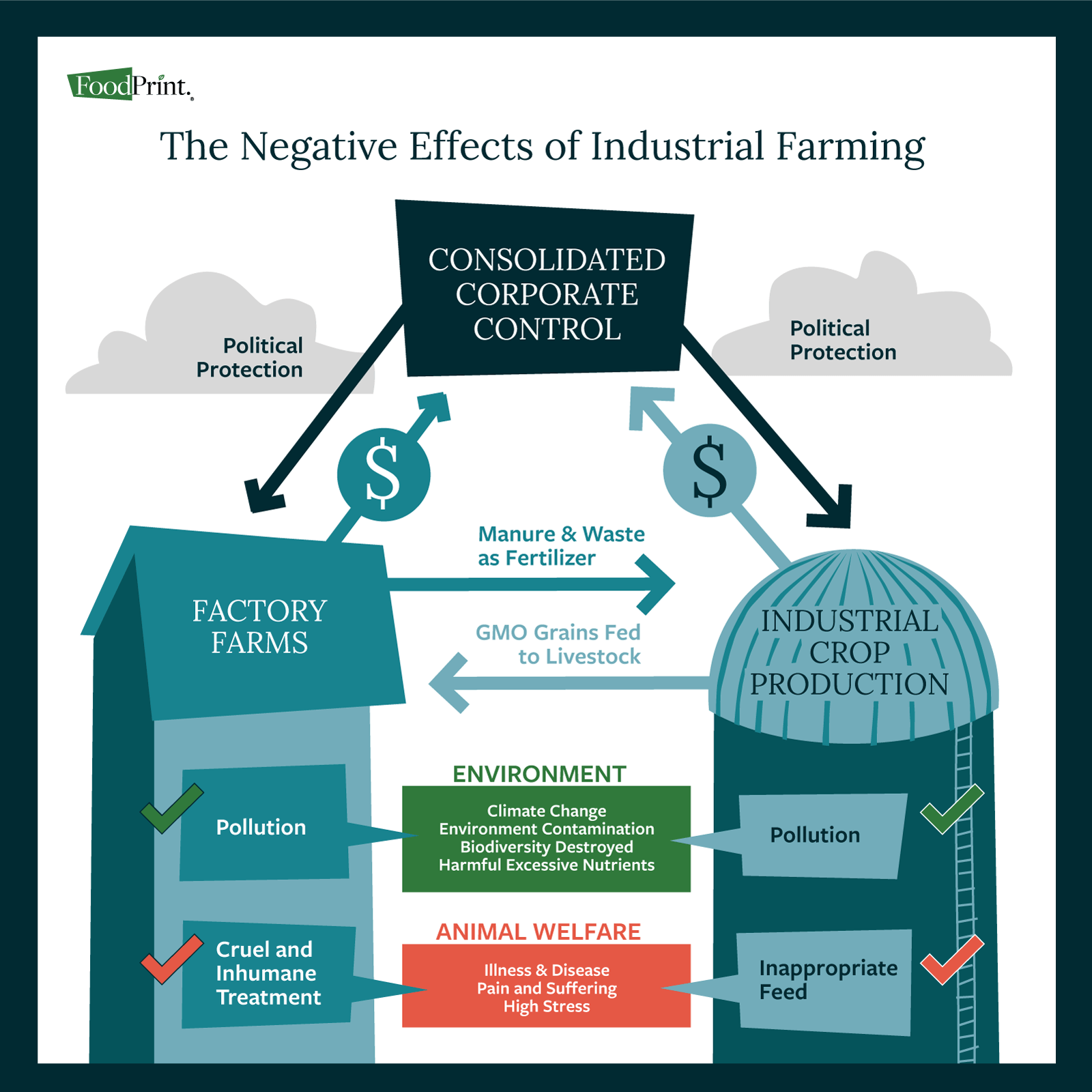7 New Year’s Resolutions For a More Sustainable 2019
For the past few months, I haven’t been able to get my household waste — and the crazy amount of it I produce — out of my head. It probably has something to do with the recent slew of dire climate reports, all of which found that it’s necessary to make massive changes, now, in order to mitigate the devastating effects of climate change in the near future. It takes a lot of resources to produce nearly everything we buy and each item has a carbon footprint. When we waste less, we use less, reducing our impact on the environment.
So I’ve tried to be better, cooking down my pantry and carrying around a metal straw. But trying to cut all the ways I create waste at once feels overwhelming. While I’d like to get down to zero waste, research shows that the harder the goal, the less likely it will be reached. So my 2019 resolution is to reduce my waste by 25 percent, a number that feels both substantial and attainable to me. I’ll get there by shopping in bulk to reduce packaging; meal planning to reduce my food waste; and buying less in general, especially less of what I don’t need.
Are you resolving to live in a more eco-conscious way in the new year? Here’s a list of resolutions you can commit to in 2019 to lower your foodprint. You could start out small like me and pick just one. Or pick one for just a month. Or try one once a week. Or, if you are a champion (or a superhero), you could try all seven at once. Whatever resolution you choose to do, let us know by tagging #FoodPrint on Twitter and Instagram. And good luck!
Commit to Meatless Monday
Not only does the industrial meat production system require a significant amount of land, crops, water, energy and other resources, conventionally-raised meat also comes with a very high carbon footprint. Meat production is estimated to account for 14.5 percent of all global emissions. Numerous climate change reports published this year found that a significant decrease in meat consumption was essential to mitigate the effects of climate change. But become a full-fledged vegetarian isn’t the only option. Giving up meat even just one day a week, as Meatless Monday suggests, will decrease your meat consumption by nearly 15 percent. Why not resolve to eat less meat in 2019, or even just next month? Not sure where to start? We’ve got five easy ways to reduce your meat consumption — swap beans for beef, become a vegetable enthusiast — to get started.
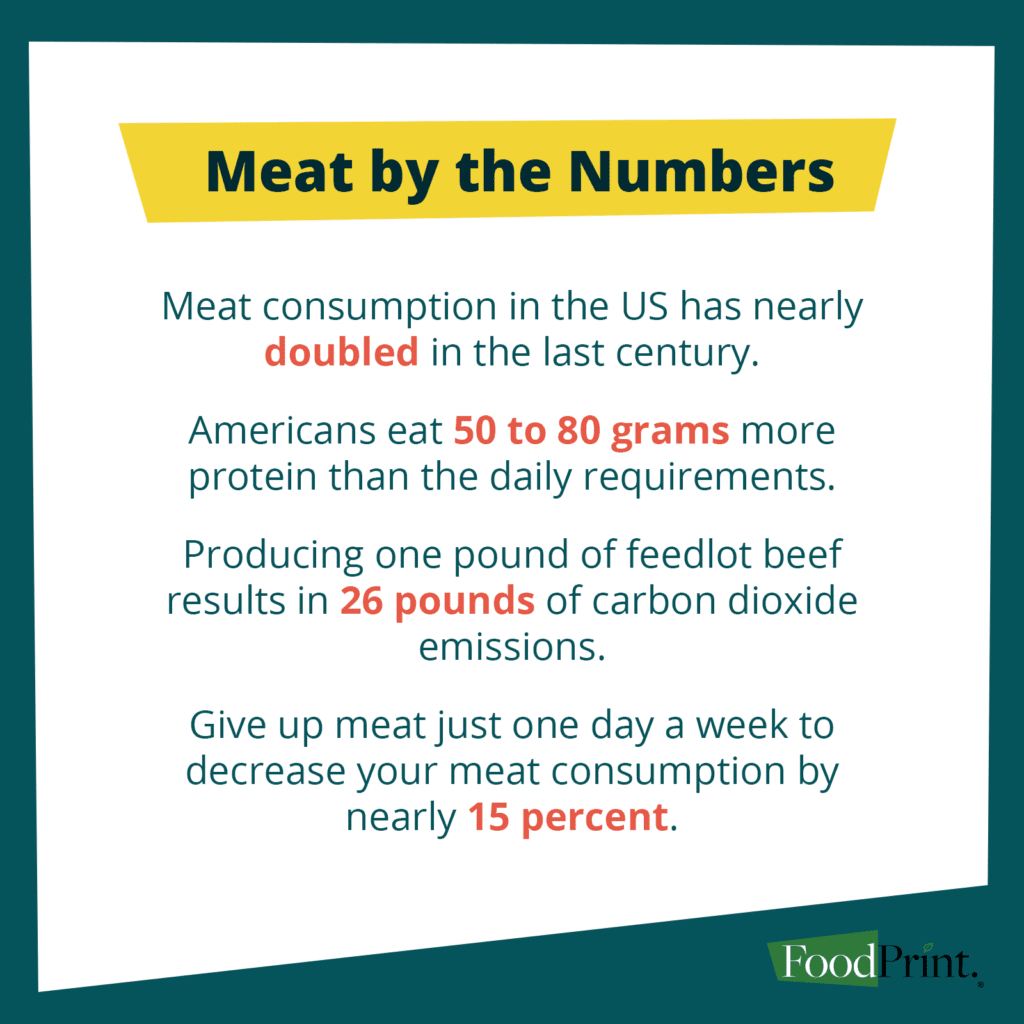
Reduce Your Plastic Use
Unless you’ve been living under a rock, you’re likely aware of how popular the anti-straw movement became in 2018. The interest — originally driven by a viral video of a marine biologist removing a plastic straw from a distressed sea turtle’s nostril — has led everyone from the city of Seattle to SeaWorld Entertainment to enact plastic straw bans and pledge to reduce their use of plastic. But there’s a lot more you can do beyond picking up a metal straw. Easy ways to start reducing your use of plastic include swapping plastic wrap for reusable wrappers; skipping plastic utensils and plastic bags when shopping for food; and shopping in bulk to reduce the need for packaging.

Reduce Food Waste
If your waste also has you feeling way down, follow my lead and tackle your personal food waste. Forty percent of the food produced in the US is wasted, equating to roughly $218 billion spent a year on growing, processing, transporting and disposing of food that never gets eaten. Not only is food waste expensive, but food production is also an extremely resource-intensive process, using copious amounts of water and energy. While food waste is a systemic problem, you can start reducing your personal food waste by cooking root-to-leaf, re-using leftovers and storing food properly to avoid spoilage.
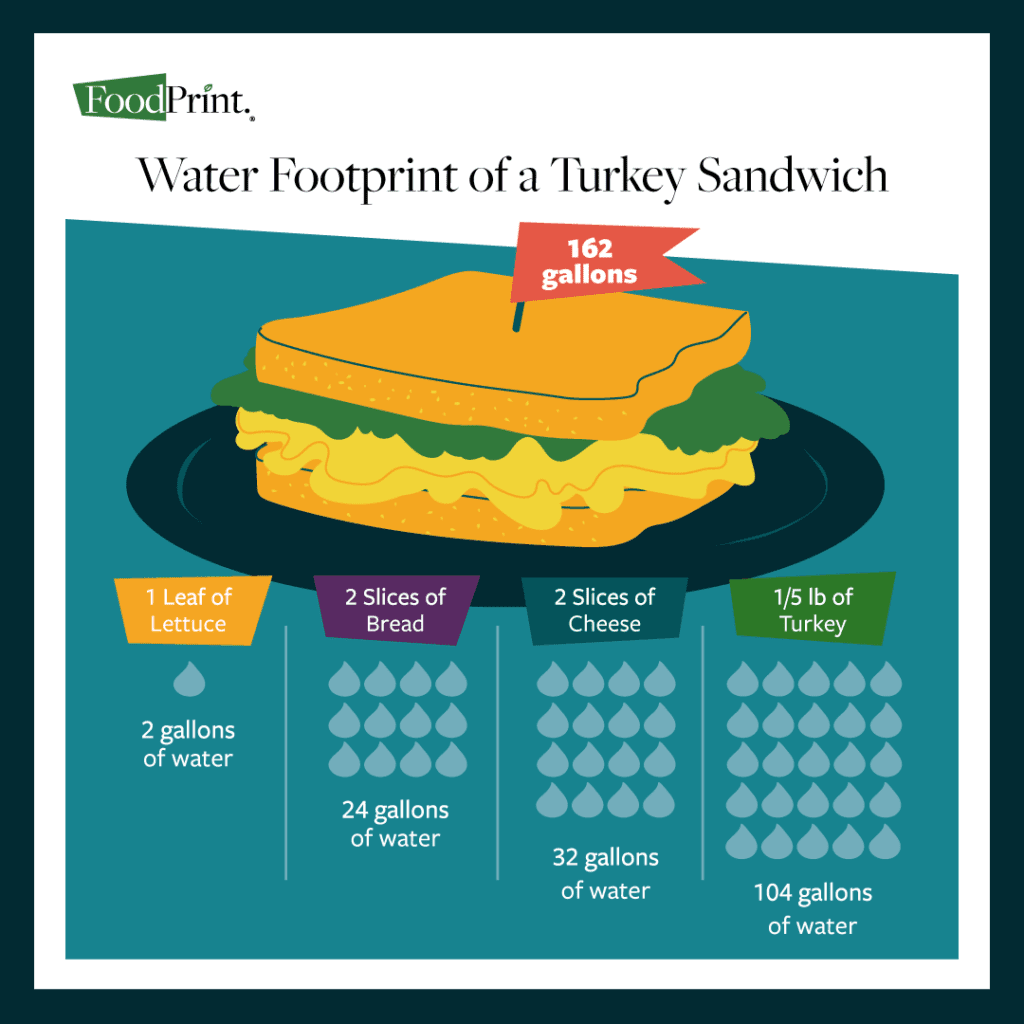
Start A Compost Bin
Throwing away food is like throwing away the water, energy and other resources it took to produce it. But throwing away food also adds to global warming. If food waste could be represented as its own country, it would be the third largest greenhouse gas emitter, behind China and the US. But composted food waste generates significantly less methane than organic waste in landfills. Starting a compost bin is an easy way to help reduce the damage of this waste. Setting up a compost bin is not that difficult and if you don’t have room for one at home, many cities offer drop-off locations for compost collection.

Start a Garden
There are so many steps in food production, from seed selection and pest management all the way to harvesting and transport. By growing your own food, you’ll be in charge of every step. You’ll also develop a deeper connection to your food: a homegrown tomato tastes doubly sweet, in part because it’s the reward for all the hard work that went into growing it. Although January might seem early to start a garden, this is the perfect time to map out your plan, decide on (and order) seeds and buy any equipment you’ll need. Soon you’ll be starting your seedlings, then planting. Once the garden is in full swing, you’ll be glad you thought ahead. Don’t have a backyard? Look for a community garden or start with a windowsill herb garden.
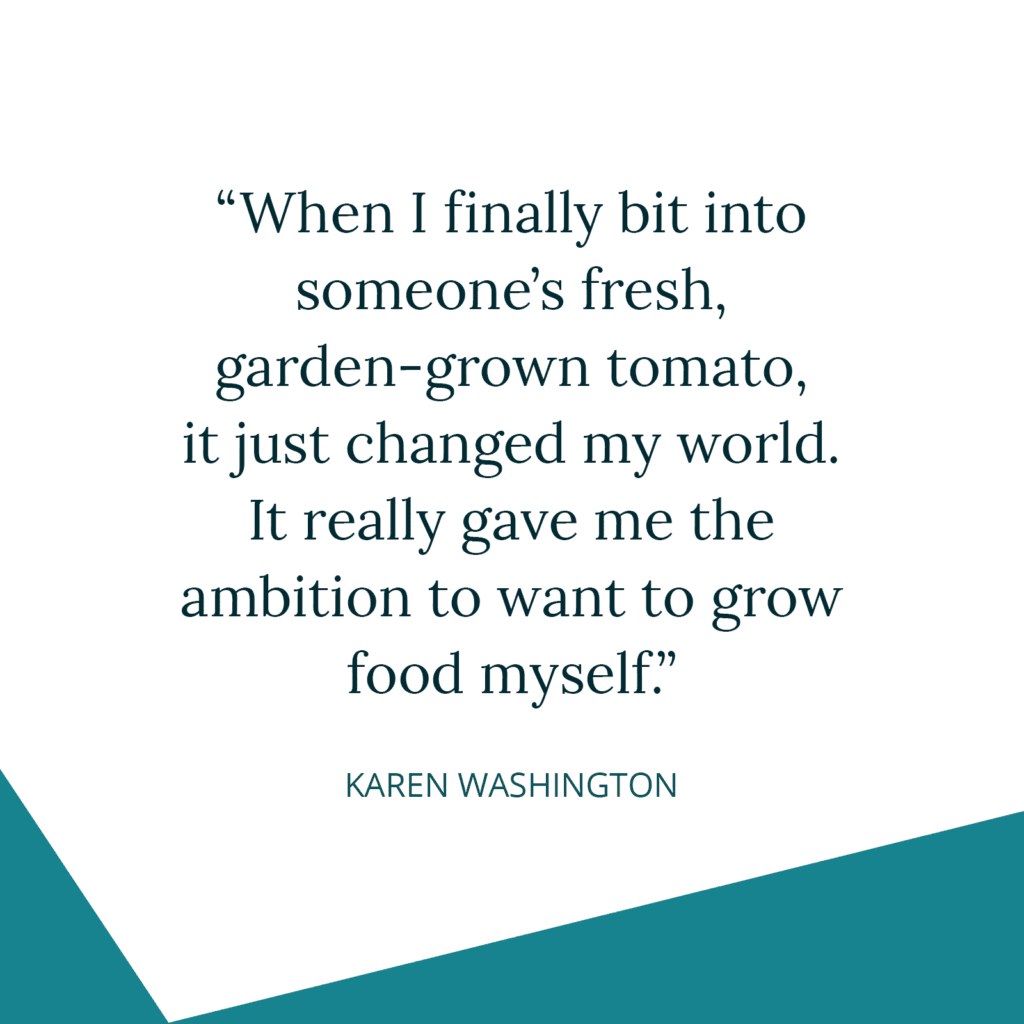
Learn More About Our Food System
One of the reasons that making a change — especially when it comes to food — can be overwhelming is there is a slew of information out there, and a lot of it is really confusing. To quickly learn more, it’s super easy (and free!) to sign up for — and read — a newsletter from publications that focus on our food system. We’ve got a great one, by the way, but also check out Civil Eats, Food Politics and New Food Economy. For a larger commitment, try reading a book about our food system every month. Start out with some of the classics like “Diet For A Small Planet” By Frances Moore-Lappé and “The Omnivore’s Dilemma” By Michael Pollan, then dig deeper with topic-specific books like “Farming While Black” By Leah Penniman or “Eating Animals” by Jonathan Safran Foer.
Shop Locally
Supporting local farmers who produce food in a regenerative way is one of the most important ways you can push for a better food system. Do farmers’ markets feel too expensive? There are ways to save money and you’ll know more of your money is going to farmers. Farmers who sell at farmers’ markets earn more money (about 70 cents per dollar more than when selling to conventional stores). Markets also support the local economy while offering better quality goods for consumers. Not every market or farmer is the same, so no matter where you shop, it’s important to ask your farmers or shop owners about their practices. To support farmers directly, join a CSA or commit to visiting your local farmers’ market regularly.
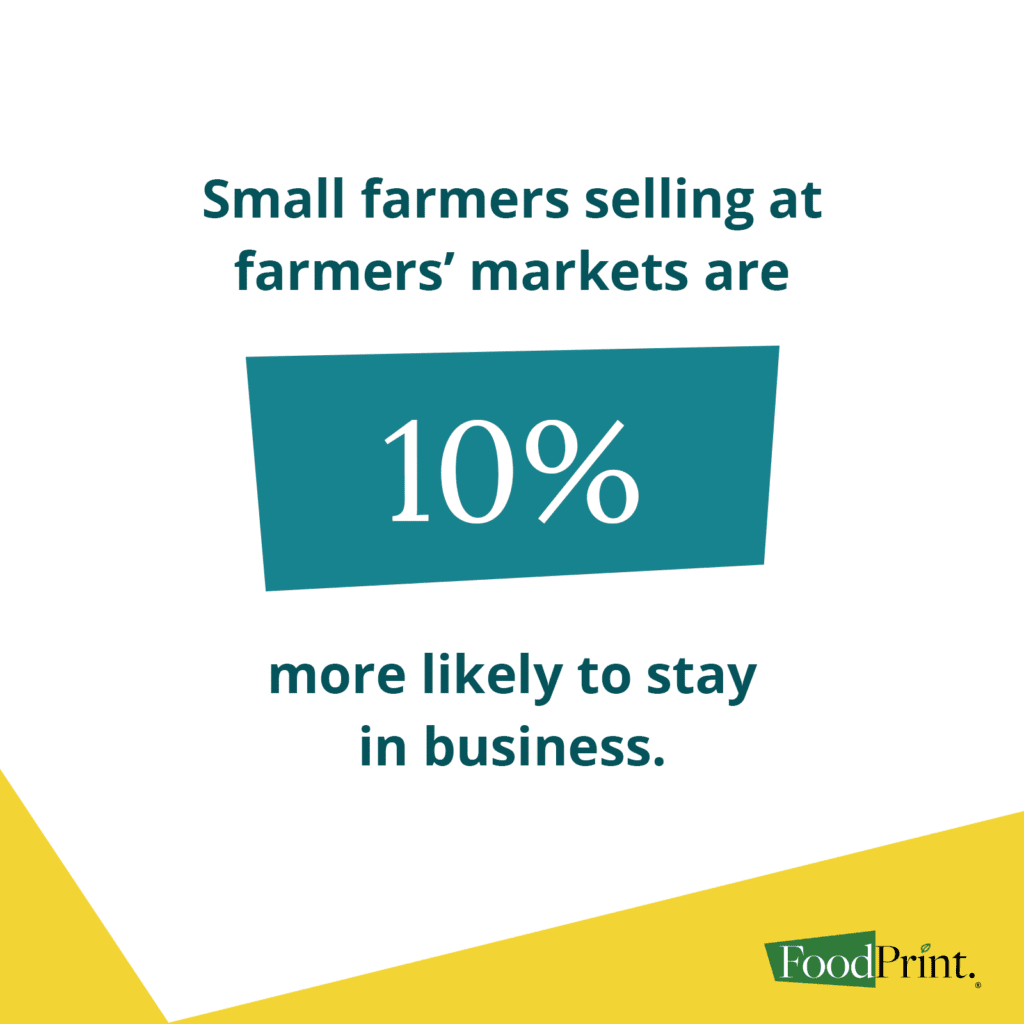
More Reading
The case for cover crops goes beyond climate benefits
November 20, 2024
Vandana Shiva is still mad
October 2, 2024
Six unusual greens to try
September 4, 2024
Agroforestry’s role in wildlife conservation and food security
August 12, 2024
Cooking oils and sustainability
July 26, 2024
Sourcing more sustainable flowers
March 27, 2024
Seeds and sovereignty: 8 books on biodiversity in the food system
February 23, 2024
A rye renaissance is coming
January 12, 2024
The importance of traditional Hawaiian food systems after the Lahaina blaze
December 7, 2023
Seed saving as a living legacy
November 7, 2023

